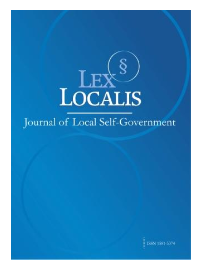ETHNOGEOMETRY IN TRADITIONAL HOUSE: A FRAMEWORK FOR CULTURALLY RESPONSIVE GEOMETRY INSTRUCTION
DOI:
https://doi.org/10.52152/801935Keywords:
Ethnogeometry, Indigenous knowledge; Culturally Responsive pedagogy; Geometry instructionAbstract
Mathematics education in the Philippines continues to face challenges of relevance and contextualization, particularly in indigenous communities where cultural knowledge systems remain undervalued in formal instruction. This study addresses the problem by examining the ethnogeometry embedded in traditional Kalinga architecture and developing a framework for culturally responsive geometry instruction. Using an ethnographic design, data were gathered through participant observation, interviews with master builders and elders, and visual documentation of architectural elements. The analysis proceeded in three stages: documentation of ethnomathematical practices, formalization of implicit mathematical principles, and alignment with the Department of Education’s Most Essential Learning Competencies (MELCs).
Results revealed that Kalinga architectural features, such as square foundations, odd-numbered stairways, symmetrical wall frames, and tessellated roofs, encode sophisticated understandings of symmetry, ratio, congruence, and sequences. When formalized, these practices corresponded with core geometry competencies from Grades 7 to 10. The study concludes that indigenous architecture offers not only cultural heritage but also rigorous mathematical content that can be meaningfully integrated into the curriculum. By framing ethnogeometry as both a resource and a pedagogical approach, the research contributes to cultural preservation while advancing inclusive, engaging, and identity affirming mathematics education.
Downloads
Published
Issue
Section
License
Copyright (c) 2025 Lex localis - Journal of Local Self-Government

This work is licensed under a Creative Commons Attribution-NonCommercial-NoDerivatives 4.0 International License.








